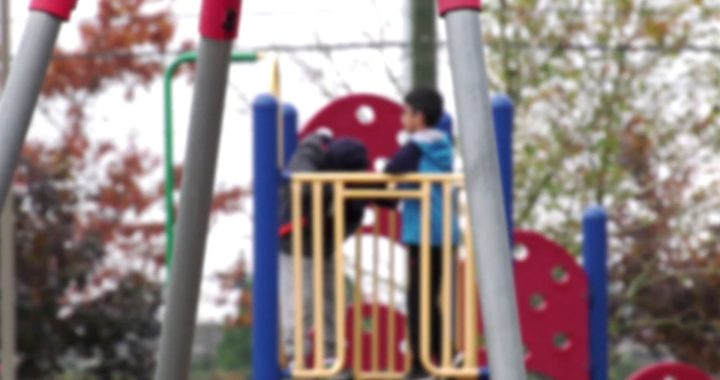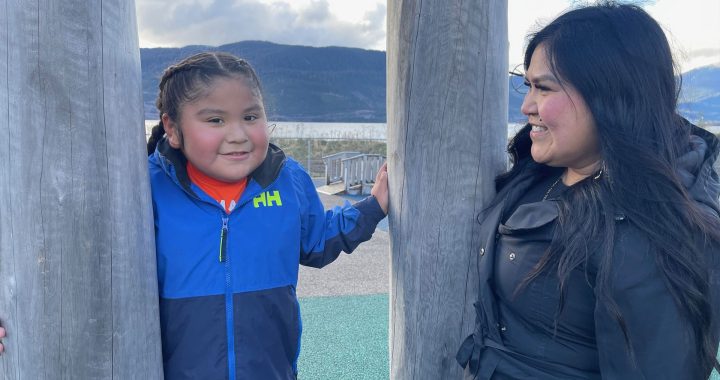APTN National News
As Ottawa began shutting down its Indian residential school systems, the rate of Indigenous children taken by child-welfare agencies began to rise, according to the Truth and Reconciliation Commission’s (TRC) final report released Tuesday.
The TRC found a direct link between Indian residential schools and today’s high rates of Indigenous children that have been put into the care of the state under the child welfare system.
“Canada’s child-welfare system has simply continued the assimilation that residential school system started,” said the report.
The TRC unveiled two volumes and a summary of its final report which is expected to be released later this year. One volume was titled, What We Have Learned, and the other was titled, The Survivors Speak.
As residential schools were on the decline, the “Sixties Scoop” ramped up as thousands of Indigenous children were seized by child-welfare agencies and placed into non-Indigenous homes. By the 1970s, as Ottawa pushed to move to close its schools, child-welfare rates continued to spike.
“The closure of residential schools, which commenced in earnest in 1970, was accompanied by a significant increase in the number of children being taken into care by child-welfare agencies,” the report said.
Indigenous families never got a chance to breath.
“By the end of the 1970s, the transfer of children from residential schools was nearly complete in southern Canada and the impact of the Sixties Scoop was in evidence across the country,” the TRC report said.
By 1977, Indigenous children accounted for 60 per cent of children in care in Manitoba, 51 per cent in Saskatchewan and 44 per cent in Alberta.
The rates have continued to rise to this day.
“Today, the effects of the residential school experience and the Sixties Scoop have adversely affected parenting skills and the success of many Aboriginal families,” the report said. “These factors, combined with prejudicial attitudes toward Aboriginal parenting skills and a tendency to see Aboriginal poverty as a symptom of neglect, rather than a consequence of failed government policies, have resulted in grossly disproportionate rates of child apprehension among Aboriginal people.”
The data doesn’t lie. The reports quotes a 2011 Statistics Canada study that showed 14, 225 First Nations children under the age of 14—3.6 per cent—were in care. In the non-Aboriginal population under the same age group 15,345 children—0.3 per cent—were in care.
In its last decades, residential schools were increasingly used for child welfare purposes, the report found.
“In many ways, the schools were more of a child-welfare system than an educational one,” said the report. “From the 1940s onward, residential schools increasingly served as orphanages and child welfare facilities.”
In 1953, 4,031 students out of a total of 10,112 in the schools were orphans or had been taken from so-called broken homes. By 1960, about 50 per cent of the students were in the schools for child-welfare reasons, the report said.
The TRC’s first five recommendations call for major reform to welfare system dealing with Indigenous children. The commission calls for Ottawa, in conjunction with the provinces and territories, to publish annual reports on the numbers of Indigenous children in care along with comparisons to the non-Indigenous population. The annual reports should include reasons for apprehensions, total spending for preventative services and their efficiency, the report said.
The TRC recommends Ottawa enact “Aboriginal child-welfare legislation” setting national standards for the apprehension of Indigenous children that also affirms the right of Indigenous governments to create and maintain their own child-welfare agencies.
The TRC said child welfare agencies and the courts need to take the legacy of residential schools into account and ensure temporary and permanent care of Indigenous children be culturally appropriate.
The TRC also calls on federal, provincial, territorial and Indigenous governments commit to reducing the number of children in care by keeping a closer eye on neglect investigations, providing adequate funding for Indigenous communities and child-welfare agencies keep families whole and ensuring social workers receive culturally appropriate training.
@APTNNews









